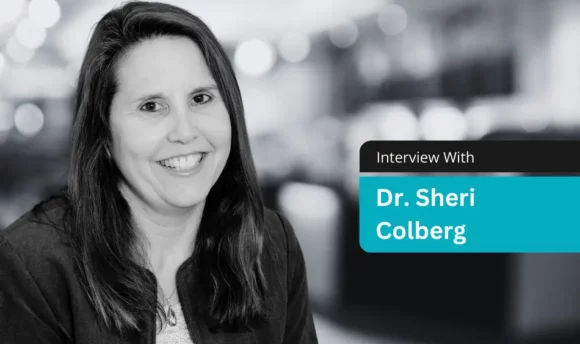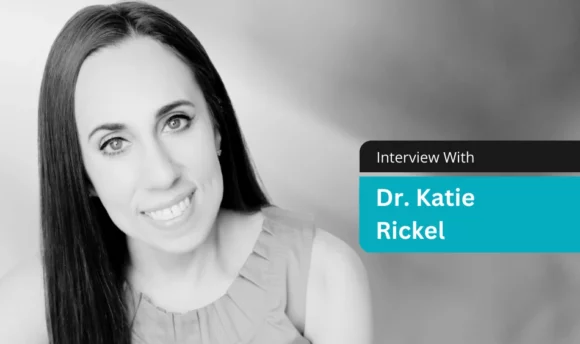Brain's Betting Behavior: New Study Uncovers How We Gauge Risk

Key Takeaways
- The rat’s brain contains an area named the FOF that acts like a “decision center.” When scientists turned this off, rats became more cautious, avoiding gambles.
- The study discovered that specific sounds can influence rats’ choices, similar to how certain signals can impact our own decisions about taking risks.
Ever wondered why some people take financial risks while others play it safe? Neuroscientists at the Sainsbury Wellcome Centre and NYU Shanghai have turned to rats to find answers, revealing fascinating insights into how the brain makes choices in the face of uncertainty.
Lead researcher Jeffrey Erlich drew parallels to our daily lives, stating, “In today’s world of fluctuating economies, we often find ourselves at crossroads, deciding whether to invest in stocks or keep our money safe. By observing rats, we aim to understand the inner workings of the brain during such decisions.”
Rats and Risky Business: Experiment Insights
In the study, rats were presented with a dilemma reminiscent of our own financial decisions: choose a modest but guaranteed reward or take a gamble on a potentially larger one, signaled by distinct sounds. The results were both surprising and enlightening.
When researchers momentarily inhibited specific brain regions, particularly the frontal orienting field (FOF), they noticed a shift in the rats’ behavior. With the FOF silenced, these rodents were less inclined to gamble, gravitating more toward the guaranteed reward. This suggests that the FOF region is crucial for determining risk versus reward.
Erlich elaborated, “Our observations suggest that the FOF serves as a sort of ‘mental calculator’, weighing the potential benefits against the possible pitfalls. It’s as if the brain has its own internal stockbroker advising on when to buy, sell, or hold.”
The Future of Research on Decision-Making
Another fascinating discovery was the role sounds played in decision-making. Each sound presented to the rats correlated to a potential lottery reward. By altering the cues, the team could effectively manipulate the rat’s perception of risk. This finding underscores the importance of external cues in our own decision-making processes, such as the role media plays in influencing our financial choices.
As for the future, Erlich’s team is excited to dig deeper. Plans are already underway to explore other brain regions and to introduce additional stimuli. The ultimate goal? To map out the complete neural circuitry behind decision-making, which could have profound implications for sectors ranging from finance to psychology.
Sources
- Bao, C. (2023). The rat frontal orienting field dynamically encodes value for economic decisions under risk. Nature.
https://doi.org/10.1038/s41593-023-01461-x - Scientists explain how the brain encodes lottery values. (2023, October 23). ScienceDaily.
https://www.sciencedaily.com/releases/2023/10/231019111215.htm

















































 Select your language:
Select your language: 







